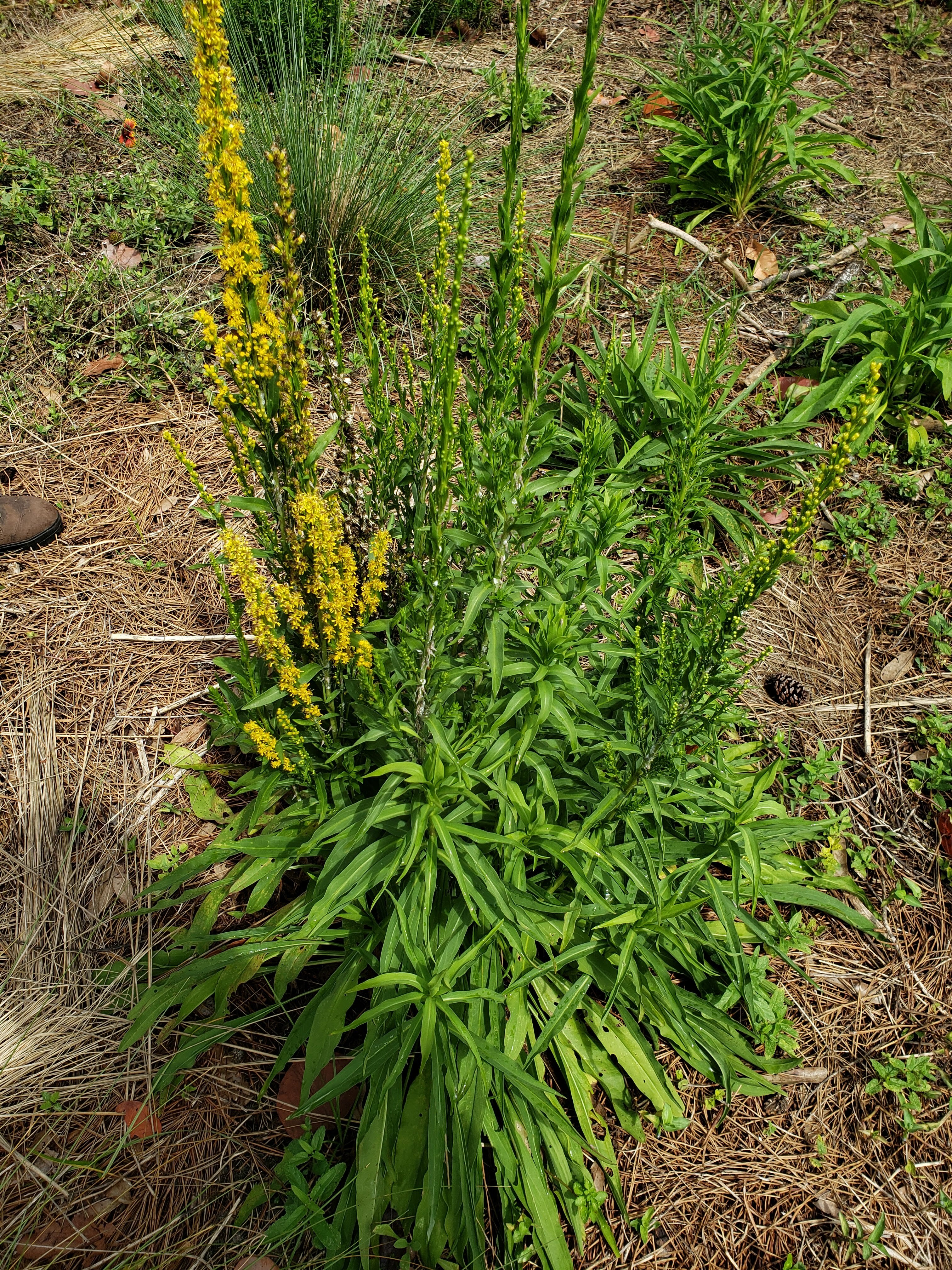Living on the coast of Florida offers numerous advantages, from breathtaking ocean views to a mild climate. However, coastal living also comes with its fair share of challenges, particularly when it comes to weathering hurricanes and tropical storms. To enhance...
